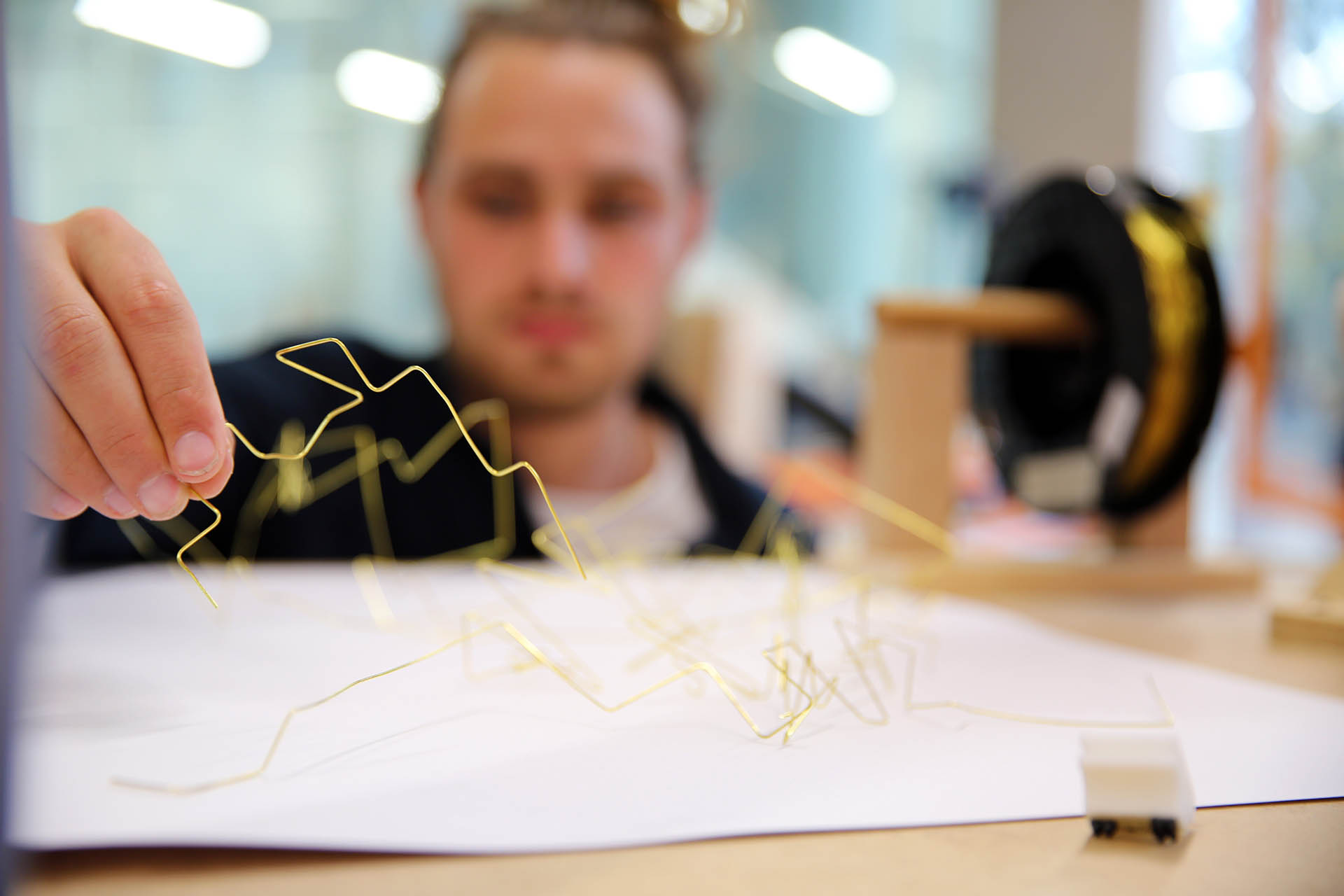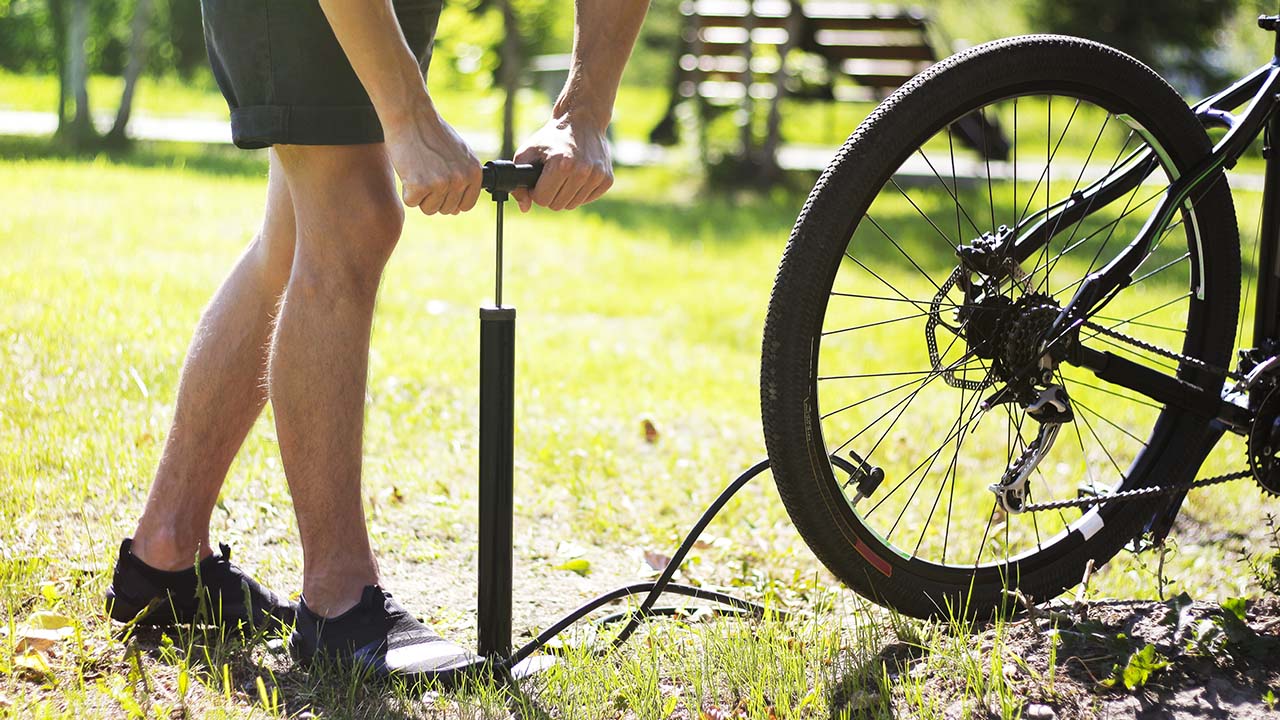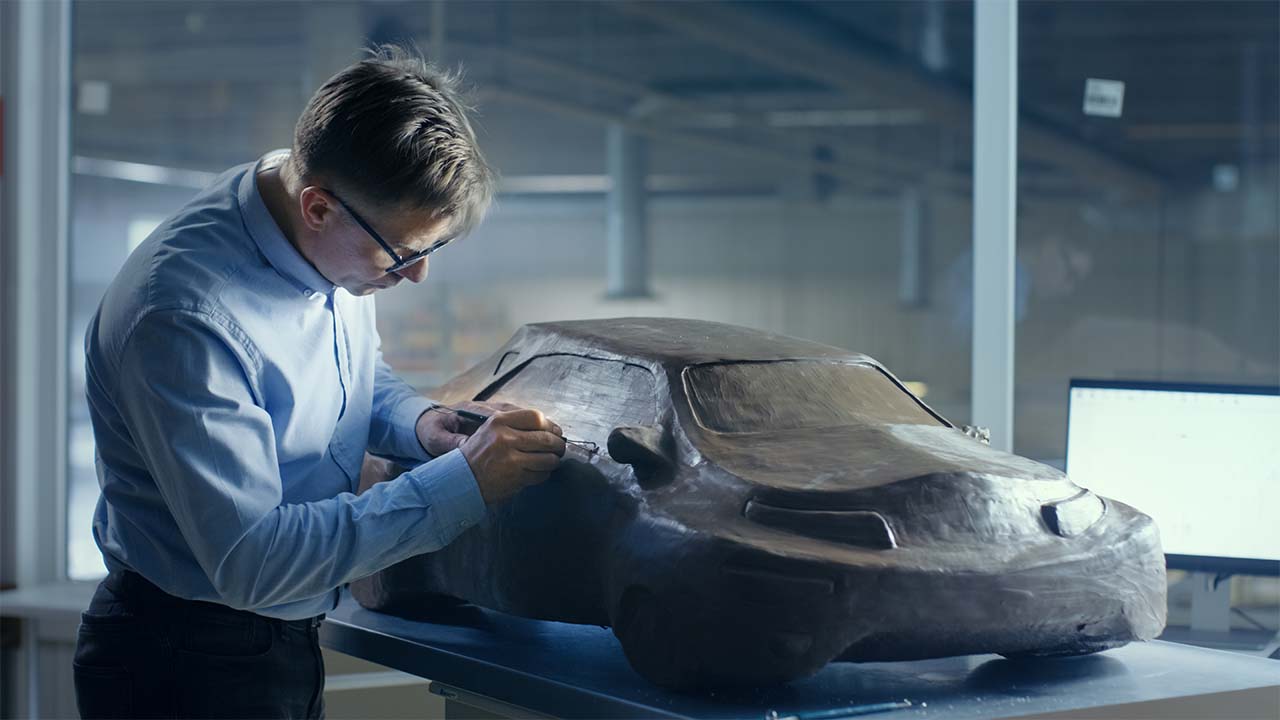Principles of Engineering
$995.00 – $2,850.00
Principles of Engineering
This STEM course makes a contribution to the curriculum by providing opportunities for students and teachers to link content together and apply it to solve problems. More and more jobs demand advanced skills, requiring that people be able to learn, reason, think creatively, make decisions, and solve problems. An understanding of science, technology, engineering and math and their methods contribute in an essential way to these skills. Principles of Engineering is a team based advanced course designed for most students. The Principles of Engineering courses intention and purpose is to educate students in a “main line” method providing STEM education for everyone. While providing a STEM based education for all students, those interested in becoming practicing engineers clearly benefit from this course content.
139-236 Clock Hours Total (AVG: 188 Clock Hours)
Course supplies and widgets are not included in the subscription cost.
Individual Units in this Course:
Industry Design Challenge
- Industry Design Challenge
- Team Report Card
- Team Report Card
- Individual Brainstorm #1
- Individual Brainstorm #2
- Small Group Brainstorm #1
- Group Report Submission
Fluid Power 3.0
In this awesome hands on unit, students investigate and apply Pascal’s law and Boyles Law as well as determine ratios between similar and dissimilar volumes acting on one another. Students also investigate the various factors affecting projectile motion and apply their learning while building a pneumatic t-shirt launcher!
- Fluid Power: A Force for Change
- Fluid Power Literacy
- T-Shirt Launcher
Time: 9-12 Hours
Golf Course Development
Everything that students have done up to this point can be poured into creating a dream golf course. Talk about an introduction into Civil Engineering, this is it. With the sport of Golf not slowing down, this will be a real-world experience. Do not be afraid to have students take on other sports using the same factors.
- Golf Course Development Assignment
Time: 10-14 Hours
Gantt and Flow Charts
The precision required to execute elements of an Engineered solution takes excellent planning. Gantt and Flow Charts allow students to make such plans and stay on target.
Time: 1-2 HoursEthics
What do you do with the world as the robots take over? How do we deal with the advancements of the 21st Century when humanity’s privacy, their social standing, even their existence might be threatened? In this unit, students will think creatively about two of the challenges facing our society as the 21st Century unfolds.
- GPS Implants Assignment
- Gilbane Gold Assignment
Time: 3-4 Hours
Failure Modes and Effects Analysis
When you can spot all the possible failures in a design, you save a bunch of time, effort, and energy. To understand the effects of those failures will be makes this training more effective. Understanding and then applying these FMEA procedures as you look at products will get your students ready to look at their own projects and see those possible failures as well as the effects those failures can have.
- Pressure Cooker DFMEA Assignment
Time: 2-5 Hours
Engineering Work Experience
Time to look at what your students strengths and weaknesses are. How do those skills translate to the work world? Which of those skills can be improved through the class? Match those career dreams with work experience activities designed to improve those necessary skills.
- Engineering Work Exercises and Activities Assignment
Time: 1 Hour
Electrical Circuits 2.0
So students understand the basics of electricity, so what can you do with it? How about play with electrolytes? Explore the relationship between electricity and magnetism? How about learning what all those symbols mean so that you can read the foreign language that is electricity?
- Open and Closed circuits
- Conductors and Insulators
- Series and Parallel Circuits
- Magnetic Fields
- Making an Electromagnet
Time: 5-10 Hours
Dreams vs. Nightmares
As the 21st Century had gotten underway, we are starting to see our dreams and our nightmares become reality. Is the self-driving car really coming? Will I be able to ride a train a 700 miles and hour? However, our nightmares are also becoming real. Things like global warming and robots replacing humans. All these questions require thought to process. Students can begin think about what dreams they have for the engineering world, and what nightmares those dreams might create.
- Dreams VS Nightmares Quiz
Time: 1 Hour
Design and Modeling
Humans need shelter from the elements for comfort and survival. Using formulas and R Values of materials, students calculate, design and build scale models of emergency/homeless shelters.
- Emergency/Homeless Shelter Assignment
Time: 10-15 Hours











